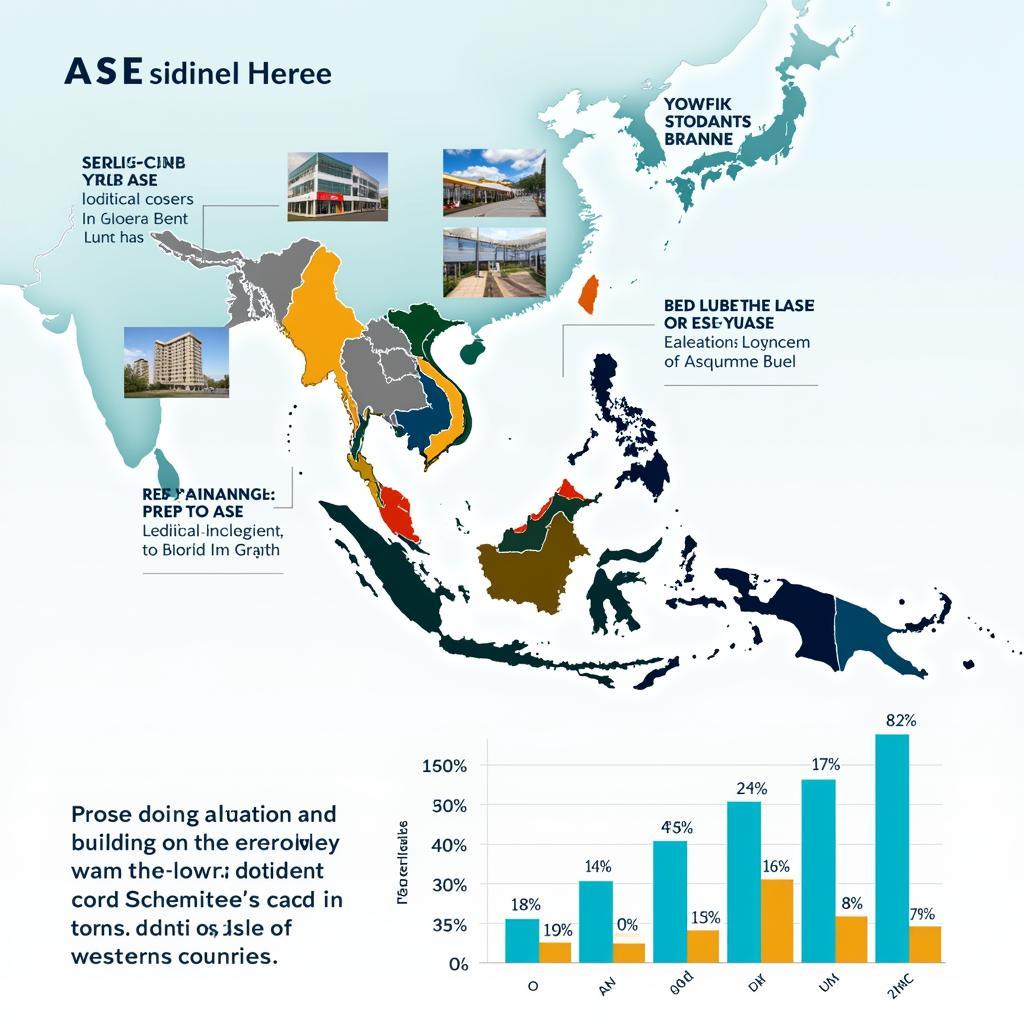The ASEAN+3 framework, encompassing the ten ASEAN member states along with China, Japan, and South Korea, stands as a testament to the power of regional cooperation. Established in 1997 amidst the Asian financial crisis, ASEAN+3 has since evolved into a multifaceted platform for dialogue and collaboration, aiming to foster regional stability and prosperity.
This collaborative mechanism goes beyond mere geographical proximity. It signifies a shared vision for a more integrated and resilient East Asia, driven by economic dynamism, cultural exchange, and a commitment to peace and security.
Historical Context and Evolution of ASEAN+3
The ASEAN+3 cooperation, initially conceived as an informal summit, gained significant traction in the wake of the 1997-98 Asian financial crisis. This regional turmoil underscored the need for collective action and financial safety nets to mitigate future economic vulnerabilities.
Over the years, ASEAN+3 has expanded its scope beyond financial cooperation to encompass a wide array of sectors, including food security, energy, tourism, and education. This expansion reflects a shared understanding that regional challenges require comprehensive and collaborative solutions.
Key Pillars of ASEAN+3 Cooperation
The ASEAN+3 framework operates on a “3+x” approach, implying that while the core remains the ten ASEAN member states plus China, Japan, and South Korea, the framework remains open to engaging with other dialogue partners on specific thematic areas of mutual interest.
1. Economic Cooperation:
Enhancing financial stability and promoting economic integration remain at the heart of ASEAN+3. Key initiatives include the Chiang Mai Initiative Multilateralization (CMIM) agreement, designed to provide financial support during times of economic distress, and the ASEAN+3 Macroeconomic Research Office (AMRO), responsible for economic surveillance and policy recommendations.
2. Political and Security Dialogue:
Recognizing that peace and stability are prerequisites for economic growth, ASEAN+3 facilitates dialogue on regional security concerns, such as transnational crime, maritime security, and non-proliferation. This platform encourages confidence-building measures and practical cooperation to address shared security challenges.
3. Socio-Cultural and Human Development:
ASEAN+3 acknowledges the importance of people-to-people connectivity in fostering regional solidarity. Collaborative efforts in education, culture, tourism, and human resource development aim to bridge cultural gaps and enhance mutual understanding among the people of ASEAN+3 countries.
Challenges and Opportunities for ASEAN+3
While ASEAN+3 has made significant strides in regional cooperation, challenges remain. The geopolitical complexities of the region, with overlapping territorial claims and shifting power dynamics, can sometimes test the cohesiveness of the group.
However, these challenges are outweighed by the immense opportunities presented by the framework. The combined economic might, technological prowess, and cultural richness of ASEAN+3 nations hold the potential to transform the region into a global powerhouse.
Looking Ahead: The Future of ASEAN+3
The future of ASEAN+3 hinges on its ability to adapt to the evolving regional and global landscape. Strengthening economic integration, enhancing cooperation on non-traditional security threats, and fostering greater people-to-people connectivity will be crucial for the framework to remain relevant and effective.
As ASEAN+3 navigates the complexities of the 21st century, it stands as a beacon of hope for regional cooperation, demonstrating that dialogue, collaboration, and mutual understanding are the cornerstones of a peaceful and prosperous future.


